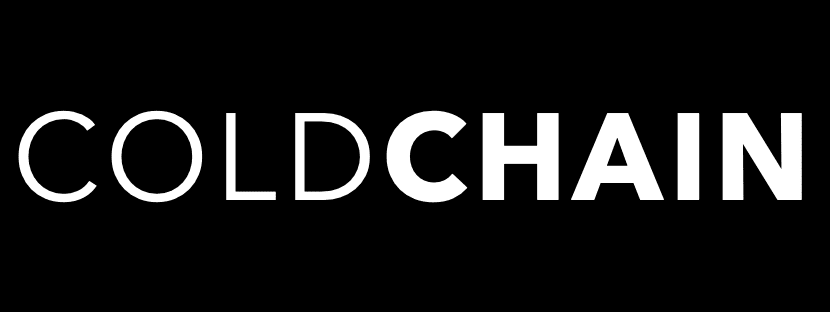Optimise AI & LLM for your Project

The rapid growth of AI-powered search tools, large language models (LLMs) such as ChatGPT, and generative search experiences like Google’s Search Generative Experience (SGE) is fundamentally changing how audiences discover crypto and Web3 brands.
In the traditional search world, you could dominate by ranking for high-intent keywords on Google. In the AI-first world, visibility is determined by whether your project is recognised, trusted, and accurately described inside AI-generated answers. This shift means blockchain companies, DeFi protocols, NFT marketplaces, and crypto wallets must adopt a new layer of SEO that blends AI entity optimisation, semantic clarity, and credibility across the decentralised ecosystem.
Ensuring AI Recognises Your Project as a Verified Entity
For crypto and Web3 brands, the first and most important step in AI visibility is ensuring your project is recognised as an entity in AI knowledge graphs and trusted reference sources. If an AI assistant does not recognise your token, platform, or protocol as an entity, it may either ignore you entirely or misrepresent what you do.
To check this, you can:
• Ask ChatGPT, Perplexity, Bing Copilot, and Google SGE to explain your project. See if the description includes accurate tokenomics, use cases, and key differentiators.
• Verify whether you have an entry in Google’s Knowledge Graph, Wikidata, and relevant blockchain data aggregators such as CoinGecko or CoinMarketCap.
• Ensure your brand page on major industry repositories like GitHub, DappRadar, and DefiLlama is complete and up to date.
Reviewing Your Branded Presence in AI-Generated Results
In crypto SEO, visibility in AI responses can matter more than traditional rankings because many users now ask AI tools directly for “the best Web3 wallets” or “top DeFi protocols for staking.” If your brand is missing from these curated AI lists, you lose high-intent traffic and trust.
When running a branded audit:
• Test queries such as “What is [Brand]?” and “Best [category] projects in 2025.”
• Check whether the AI response includes your official site or uses outdated third-party information.
• Evaluate whether you are positioned ahead of competing protocols or exchanges.
Understanding Which Sources Shape AI’s View of Your Brand
AI models trained on blockchain content often pull from third-party aggregators, crypto news sites, and community forums. While this can be valuable, it also means that if your own domain is not optimised, the narrative about your project may be shaped by others and not always favourably.
To control your narrative:
• Publish factually rich, AI-friendly documentation that includes token details, roadmap milestones, governance structures, and ecosystem partnerships.
• Optimise your whitepaper, litepaper, and technical docs for AI parsing by using structured headings, entity names, and glossary sections.
• Monitor which media outlets and data providers such as Messari, CoinTelegraph, and The Block are influencing AI descriptions of your project.
Running a Semantic and Structured Data Audit for Blockchain Content
Generative engines rely heavily on semantic signals and structured data to understand blockchain projects. For example, schema markup can clarify that your token is a digital asset, your app is a dApp, or your DAO is an organisation with governance functions.
A strong audit should include:
• Adding schema types such as Cryptocurrency, Organization, and Product with fields for symbol, smart contract address, and supported chains.
• Embedding entity references for your blockchain protocol, network, or token standard.
• Using tools like Surfer SEO or MarketMuse to ensure your site’s content includes industry-specific NLP terms such as “staking rewards,” “cross-chain bridge,” and “Layer 2 scalability.”
Building Authority and Trust in the Web3 Space
In crypto SEO for AI, trust signals carry even more weight than in traditional search because AI systems will be cautious about recommending projects without credible proof. For blockchain brands, this means you must be consistently cited by authoritative and regulated sources.
Key actions include:
• Securing coverage in top-tier crypto media such as CoinDesk, CoinTelegraph, and Decrypt.
• Getting listed and verified on aggregators like CoinMarketCap, CoinGecko, and Token Terminal.
• Publishing transparent security audits from respected firms such as CertiK, Quantstamp, or Trail of Bits, as AI systems recognise and reference these.
Monitoring Social Sentiment and Community Reputation
Blockchain projects are often judged as much by their community as by their technology. AI models are trained on Reddit threads, Telegram chats, Discord channels, and Twitter (X) discussions, so public sentiment will directly influence your AI presence.
To strengthen sentiment:
• Monitor major discussion hubs like r/cryptocurrency, r/ethfinance, and protocol-specific subreddits.
• Use sentiment analysis tools to identify recurring themes such as if the community praises your low gas fees but complains about your UX, address this publicly.
• Engage with influential community members and DAO delegates whose content might be picked up by AI models.
Testing Your Brand in Real AI Prompts
For Web3 SEO, real-world prompt testing can be as important as keyword tracking. This is because users might search AI assistants for things like “best NFT marketplaces with low fees” or “top DeFi lending platforms with insurance.”
When testing:
• Run AI queries that mimic genuine user intent in your category.
• Check if your brand appears and whether the AI lists your advantages such as EVM compatibility or zero-knowledge privacy features.
• Compare this performance against both direct competitors and adjacent protocols.
Benchmarking Against Other Blockchain Brands
Once you know your baseline, compare your AI visibility against leading competitors. If another DeFi protocol or NFT marketplace appears in AI recommendations more frequently than you, investigate which factors are giving them an edge, whether it is more media coverage, better structured data, or stronger DAO governance transparency.
The Takeaway: AI SEO for Web3 is About Entity Recognition, Authority, and Trust
In the AI-driven search era, crypto and Web3 projects must think beyond keyword rankings. Success will depend on whether AI recognises your protocol as a credible, authoritative entity, whether your structured and semantic data is complete, and whether you are consistently cited by trusted sources in the blockchain ecosystem. By carrying out a dedicated AI brand analysis and acting on the findings, you can position your project so that it appears not just in Google results but also in the next generation of AI-powered discovery where the most trusted brands will dominate the conversation.
Book Your Free Consultation!
Let’s talk today! Just complete the form below and we’ll come back to you.



